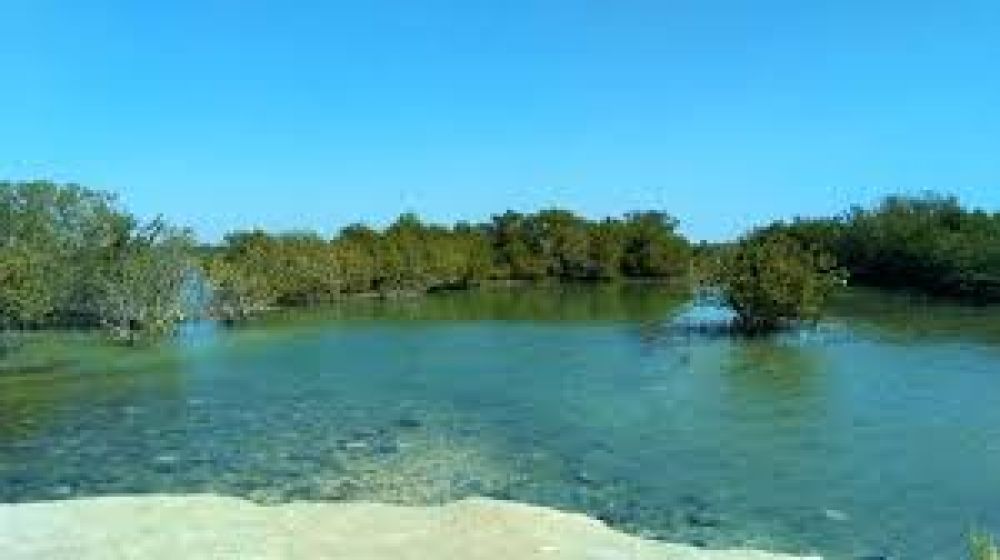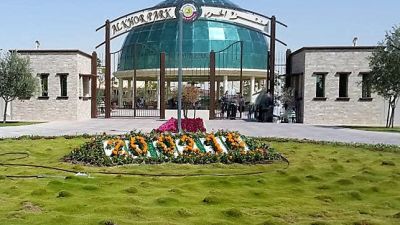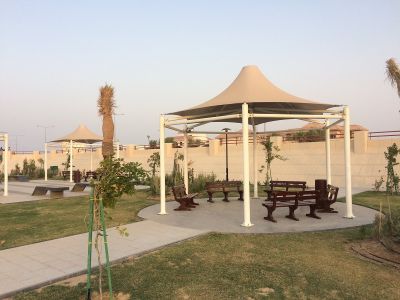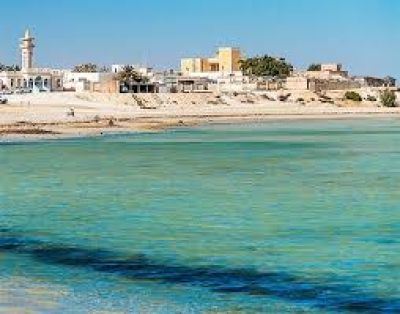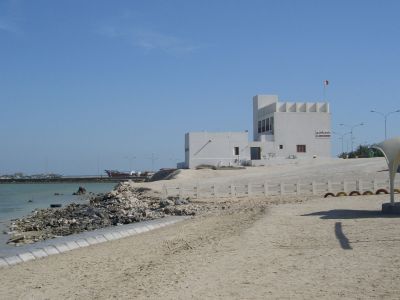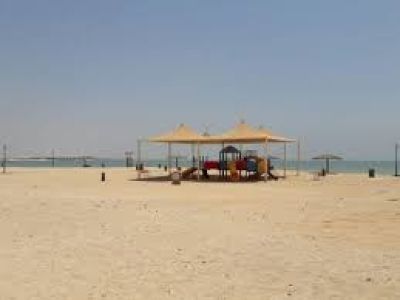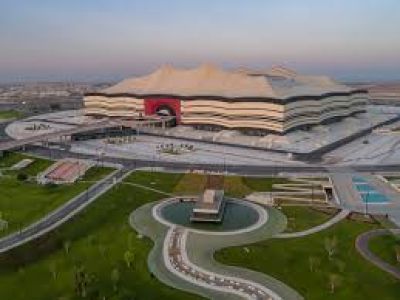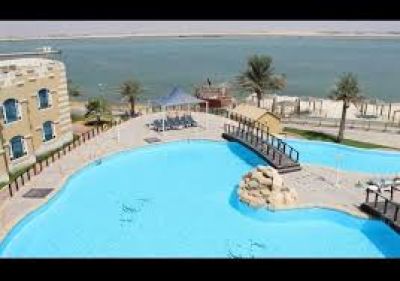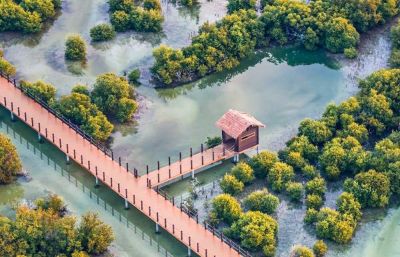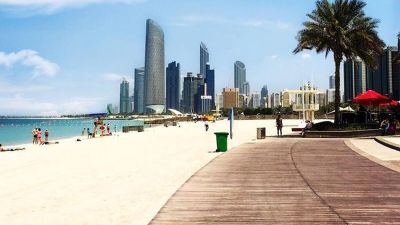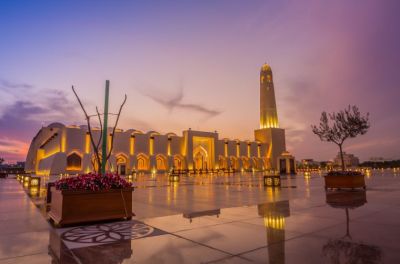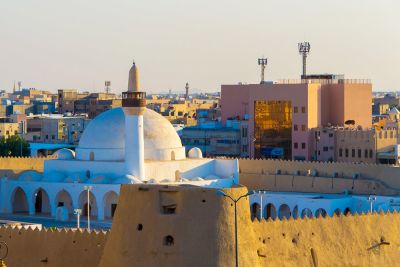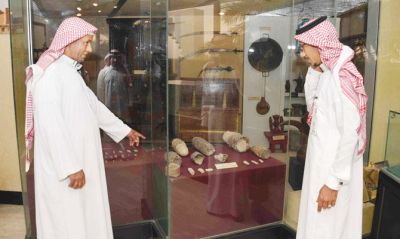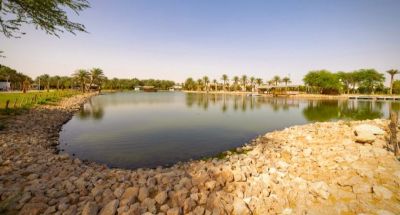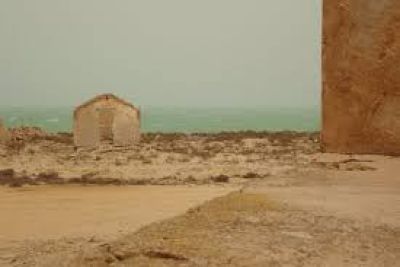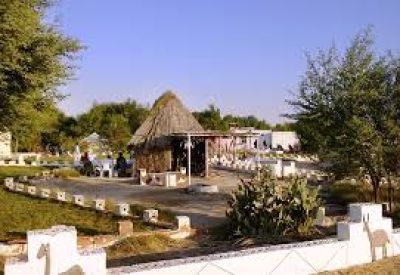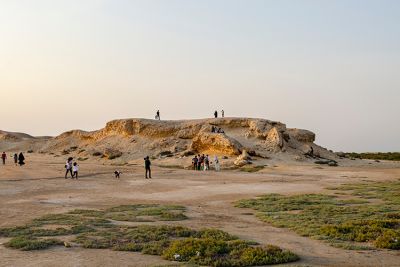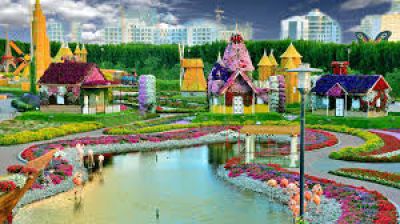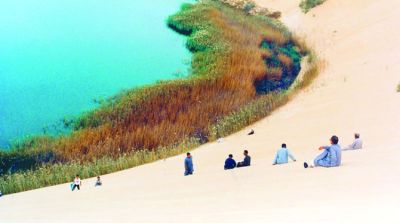Purple Island, Al Khor, Qatar: An Overview
Nestled at the edge of the city of Al Khor in the northeastern coast of Qatar, Purple Island (also known as Bin Ghanim Island) is a serene escape for nature enthusiasts and history buffs alike. The island’s unique name is derived from its historical connection to the dye industry, where a particular species of snail was used to produce a purple dye that was highly prized in ancient times.
The History of Tourism on Purple Island
Purple Island’s history with tourism is relatively young, as Qatar’s overall tourism industry has been developing over the past few decades. The focus on Purple Island as a tourist destination has gained traction with the country’s move to diversify its economy and promote cultural and eco-tourism as key aspects.
Archaeological findings on the island suggest its use as a site for dye production as far back as the Kassite period, around 4,000 years ago. Since then, it has been intermittently inhabited. However, it was only in the late 20th and early 21st centuries that the island started gaining notice as a tourism site, coinciding with Qatar's broader efforts to showcase its cultural heritage and natural wonders.
Natural Reserves and Attractions
The island is part of the larger Al Khor Island. Its lush mangroves and the surrounding shallow waters are a habitat for various bird species, fish, and crustaceans, making it a hot spot for bird watchers and nature lovers. Moreover, the Department of Municipalities and Environment has been working to preserve the mangrove forests and the biodiversity they support. These efforts have bolstered tourism and awakened both local and international interest in Purple Island.
Latest Tourism Trends on Purple Island
In response to a growing interest in sustainable and responsible travel, Purple Island has seen an increase in eco-tourism activities. The latest trends include kayaking tours through the mangroves, guided nature walks, and educational trips focusing on the ecological importance of the region. There is also a growing trend in photography tourism, due to the picturesque landscapes and unique wildlife found on the island.
As the world becomes more connected, and interest in off-the-beaten-track destinations increases, Purple Island is poised to become a shining example of how responsible tourism can help protect and celebrate a natural site with deep historical roots. The 2022 FIFA World Cup hosted by Qatar has further spotlighted destinations like Purple Island, drawing in visitors intrigued by the country’s mix of modernity and tradition.
Engaging with the Local Environment
Visitors to Purple Island will find that the local community is engaged in protecting the environment while providing a welcoming atmosphere for tourists. Many tour operators emphasize the region's history, ecological significance, and preservation efforts while also offering immersive experiences in the Qatari natural landscape.
Future of Tourism
Looking ahead, the future for tourism on Purple Island seems bright, with plans to further develop sustainable tourism infrastructure while maintaining the delicate balance of the local ecosystem. As more travelers seek out destinations that offer unique natural and cultural experiences, Purple Island is likely to continue growing as an important location for the eco-conscious visitor.
